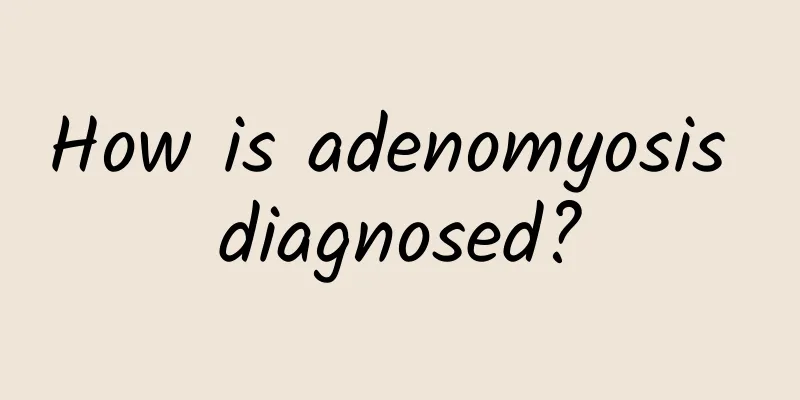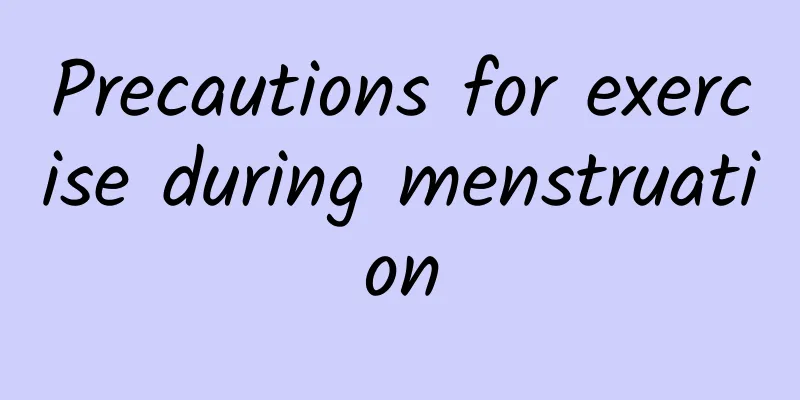How to eliminate uterine cysts

|
Uterine cysts, the word makes people a little nervous. However, don't worry, uterine cysts are benign in many cases and there is no need to worry too much. If you want to eliminate uterine cysts, you must first identify their type and size. Generally speaking, doctors will take different treatments based on the specific situation, and not all cysts need to be treated immediately. For smaller cysts that don't cause symptoms, your doctor may recommend regular observation. It's like watching a slow-moving movie, where the plot moves slowly but there may not be anything you need to do right away. With regular ultrasounds, your doctor can monitor the cyst to see if it changes. If the cyst stays the same or disappears, everyone is happy. If the cyst causes discomfort or other symptoms, such as pain or menstrual irregularities, your doctor may consider medication. Often, oral contraceptives or hormone therapy can help regulate hormone levels and reduce the size of the cyst. Just like using a tuner to tune a radio, finding the right frequency may relieve your symptoms. In some cases, especially if the cyst is large or if you suspect it may be malignant, surgery may be necessary. Surgery is usually minimally invasive, and laparoscopic techniques are used to effectively remove the cyst, with a relatively short recovery time. After surgery, your doctor will provide detailed care recommendations to help your body recover. Lifestyle adjustments can also be helpful. Maintaining a healthy weight, a balanced diet, and adequate exercise can help maintain a good hormonal balance. Regular checkups and communication with your doctor can help identify and address problems in a timely manner. When facing uterine cysts, the most important thing is to stay calm and actively cooperate with the doctor's advice. Through scientific methods and good living habits, cyst problems can often be properly solved. Remember, a healthy body and mentality are the basis for us to cope with all challenges. |
<<: Light brown, thin discharge
>>: The dangers of progesterone inducing menstruation
Recommend
How to care for patients with uterine effusion
Uterine effusion is a relatively serious gynecolo...
Introduce how to effectively prevent acute cervicitis
Acute cervicitis is a type of cervicitis. We shou...
Different types of functional uterine bleeding have different dietary treatment methods
According to the characteristics of age, it can b...
Is there a specific medicine for chocolate cysts?
Is there a specific medicine for chocolate cysts?...
Is bacterial vaginosis treatment expensive?
The incidence of bacterial vaginosis is getting h...
How much does it cost to treat cervical warts?
Cervical warts are a sexually transmitted disease...
It’s not your fault that you’re greedy! Your gluttony may be caused by bad intestinal bacteria "dirty fat bacteria"
Traditional Chinese medicine believes that if you...
How to treat pelvic peritonitis
With the continuous improvement of medical level,...
What are the types of uterine fibroids? How to treat multiple uterine fibroids?
Many sick women are confused. How can there be mo...
What clinical manifestations of irregular menstruation do you know?
What are the clinical manifestations of irregular...
Causes of invasive hydatidiform mole
An invasive hydatidiform mole is a morbid pregnan...
What to do if bacterial vaginosis keeps coming back
Bacterial vaginosis is a common reproductive syst...
Apples or pears? Experts teach weight loss secrets for different body types (Part 1)
In fact, many people who meet the standard weight...
What is the cause of cervicitis?
In recent years, cervicitis has been on the rise,...
Worried about muscle loss after isolation or surgery? 3 indoor training exercises to strengthen your muscles
Are you worried about losing muscle strength afte...









